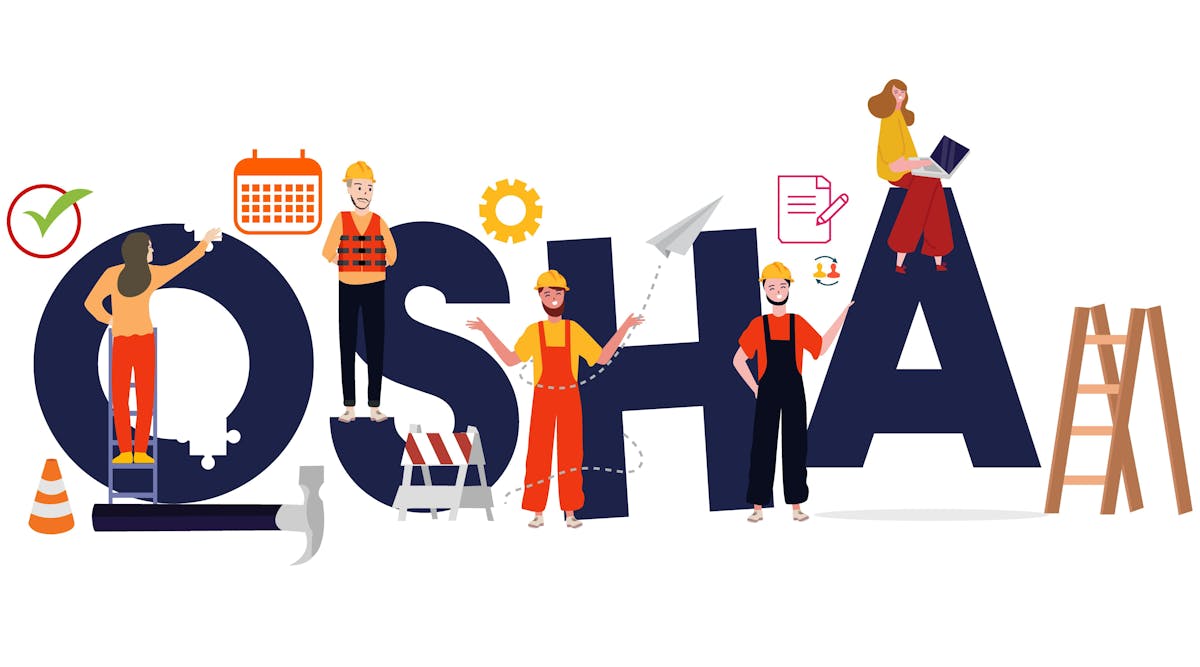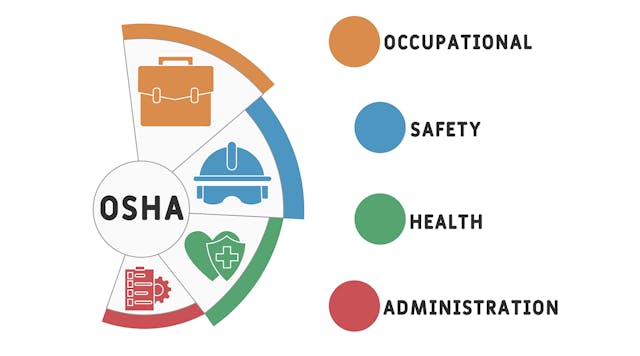Last month the AIHA announced new guidelines for developing health metrics in workplaces to help prevent illness and injury.
"The focus on identifying measures that occur before worker’s health is harmed is critical to safeguarding worker health," said AIHA CEO Lawrence D. Sloan in a statement.
The group says that these guidelines, Best Practice Guide for Leading Health Metrics in Occupational Health and Safety Programs, are intended for both practitioners and managers in the broad occupational health community, including industrial hygiene, occupational medicine, occupational health nursing, engineering and human resources.
Leading health metrics—as opposed to lagging health metrics—focus on disease prevention and health promotion. They are measurable, evidence-based indicators that are used to monitor, predict, influence, and manage exposures, hazards and conditions in a workplace that may impact worker health.
Health outcomes addressed by leading metrics can be acute, such as eye irritation, dermatitis or metal fume fever. Or they can be chronic, such as elevated blood pressure, hearing loss or cancer. Leading health metrics can include the number of workers exposed to hazardous noise and the number of those who participate in tobacco cessation programs.
Lagging metrics measure after-the-fact occurrences, such as injury and illness rates and prevalence of disease. Unfortunately, lagging metrics are not preventive, as worker health has already been impacted. Because of the lag time between exposure and adverse health effects, such metrics can give false reassurance when the physical manifestation from an adverse exposure is not yet present.
The free comprehensive guide includes specific examples of leading health metrics, how to create a balanced set of leading health metrics and how to implement and measure them in a workplace.















































































